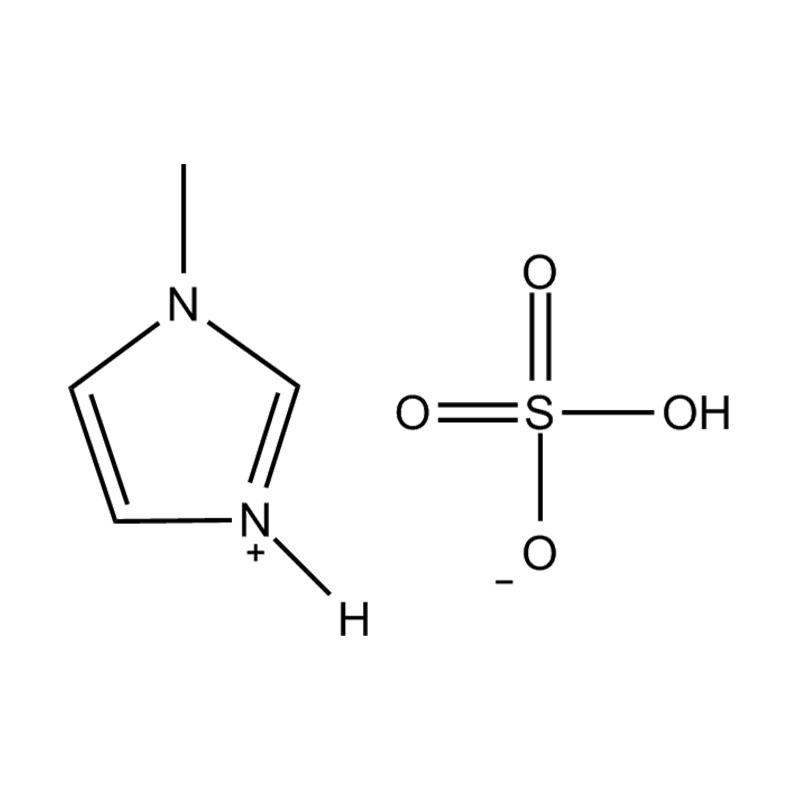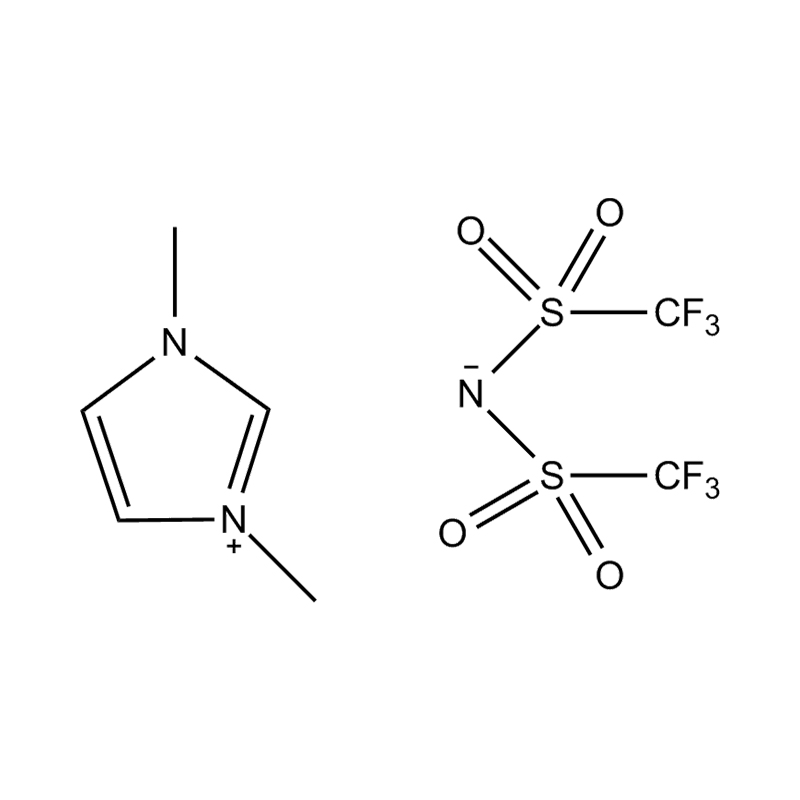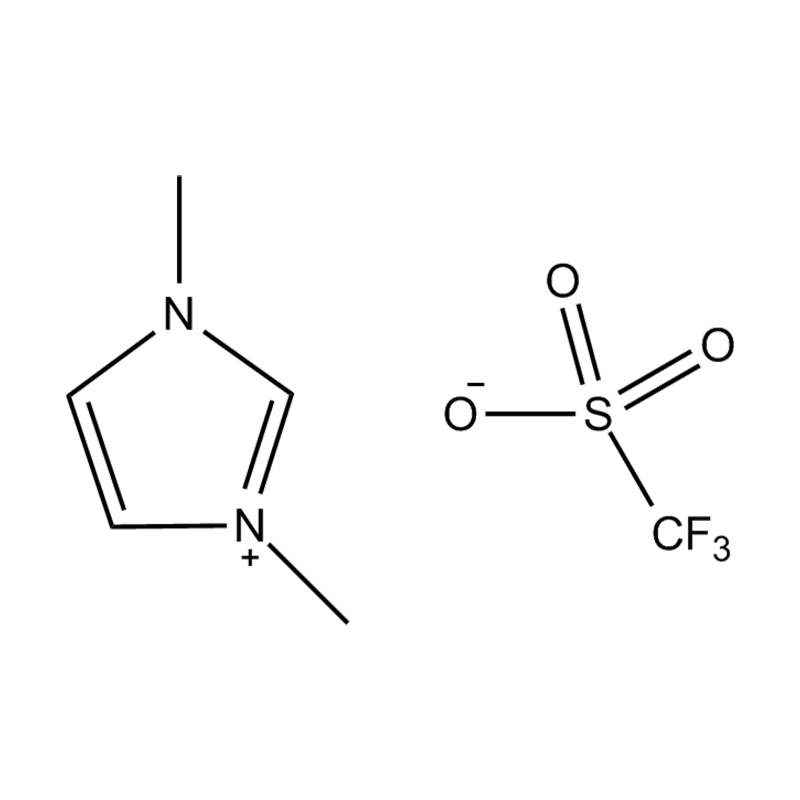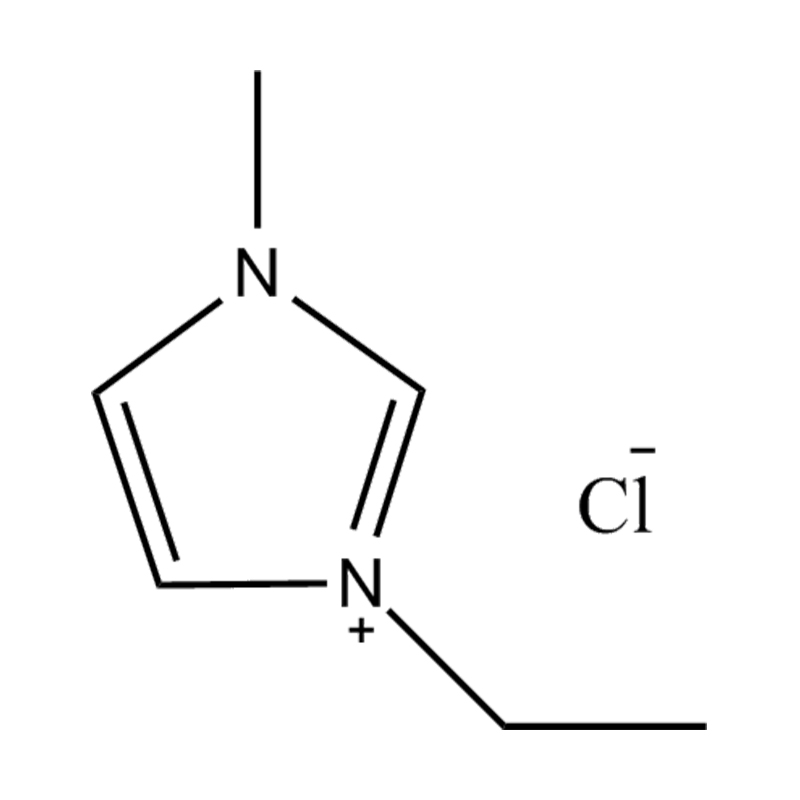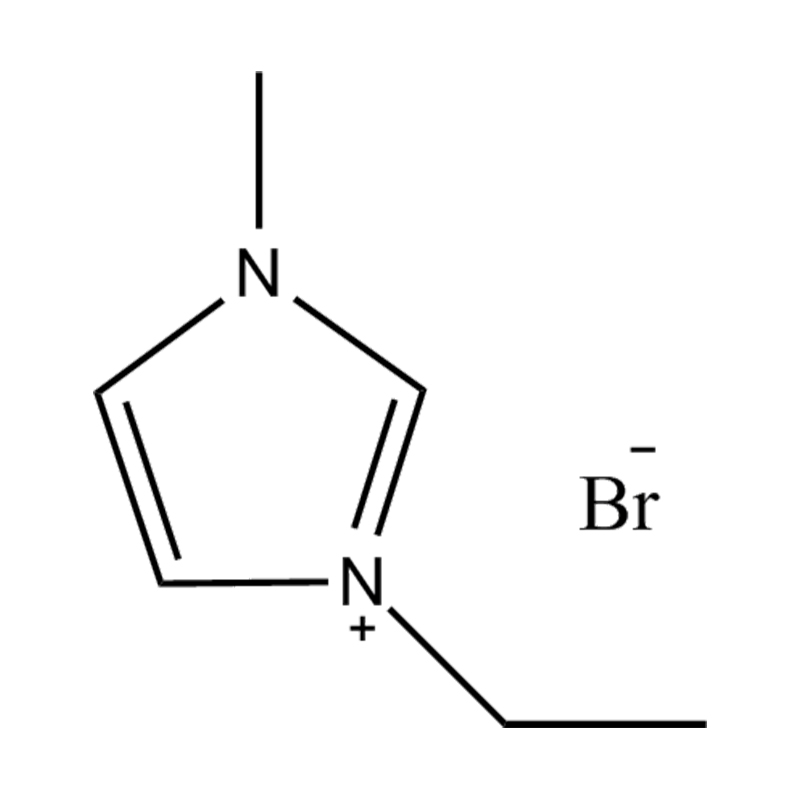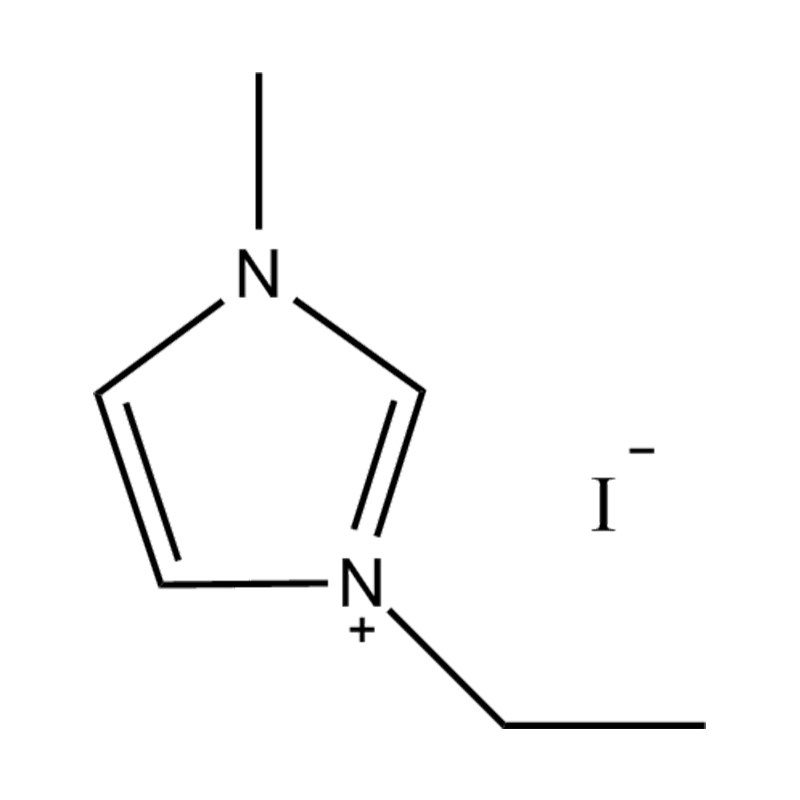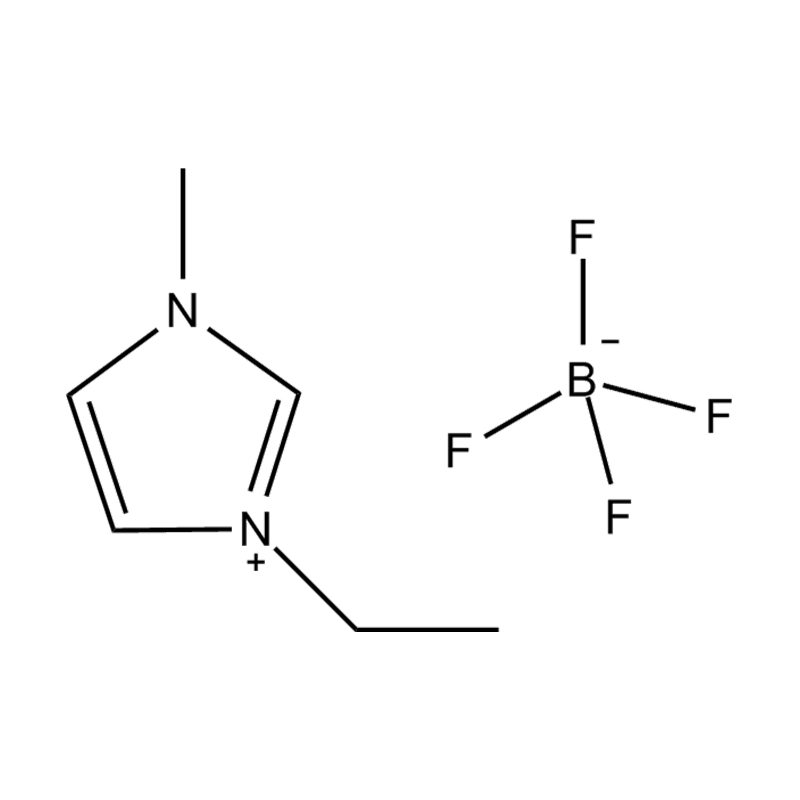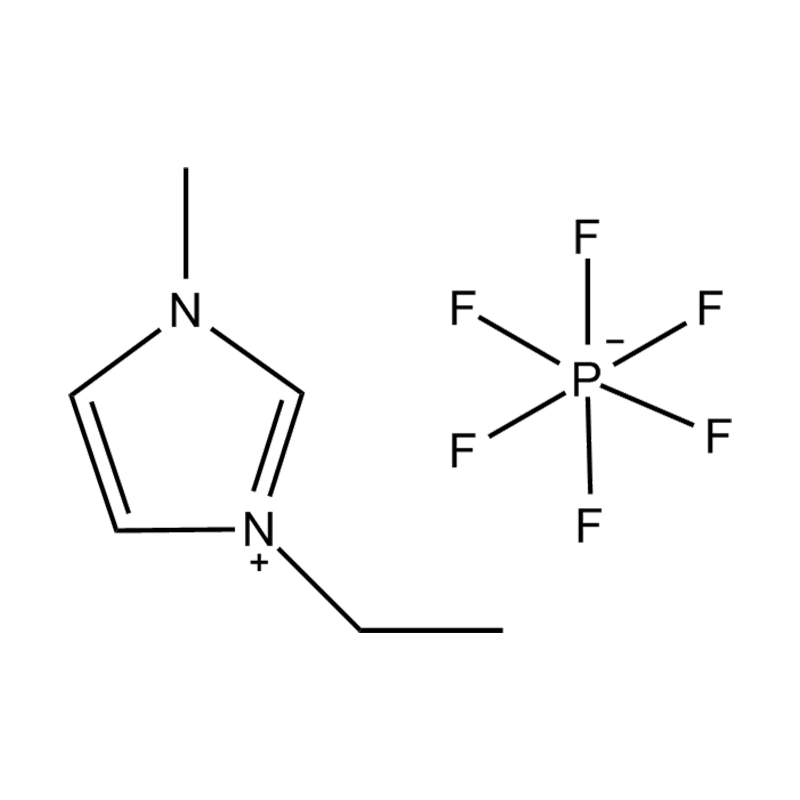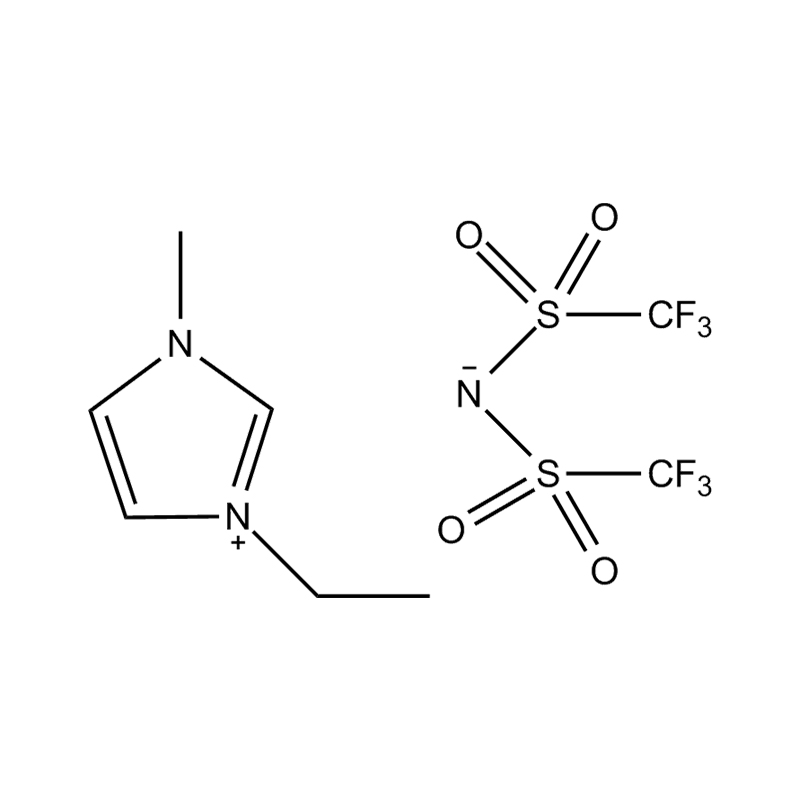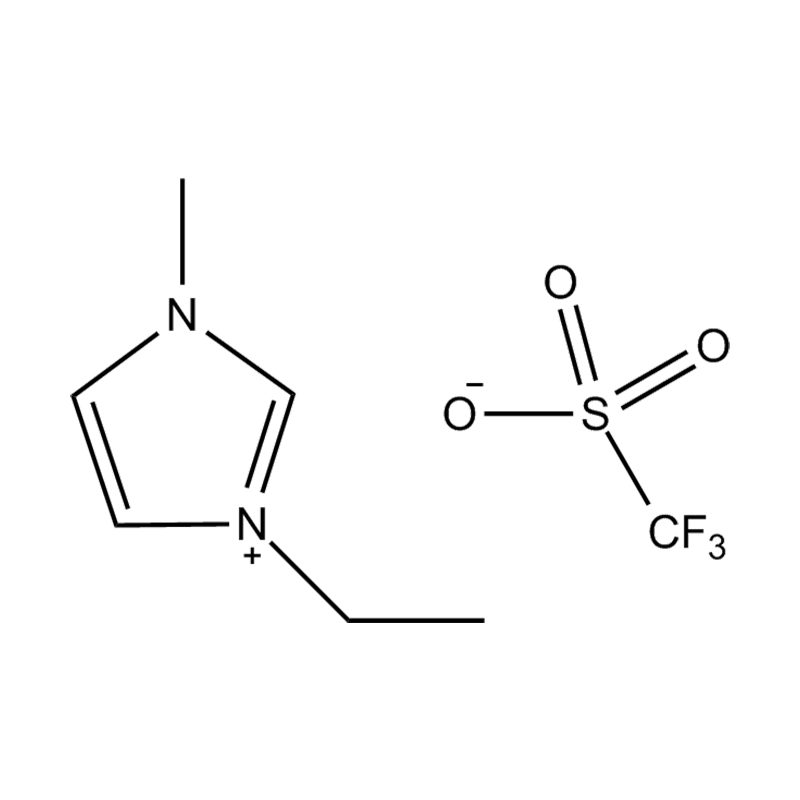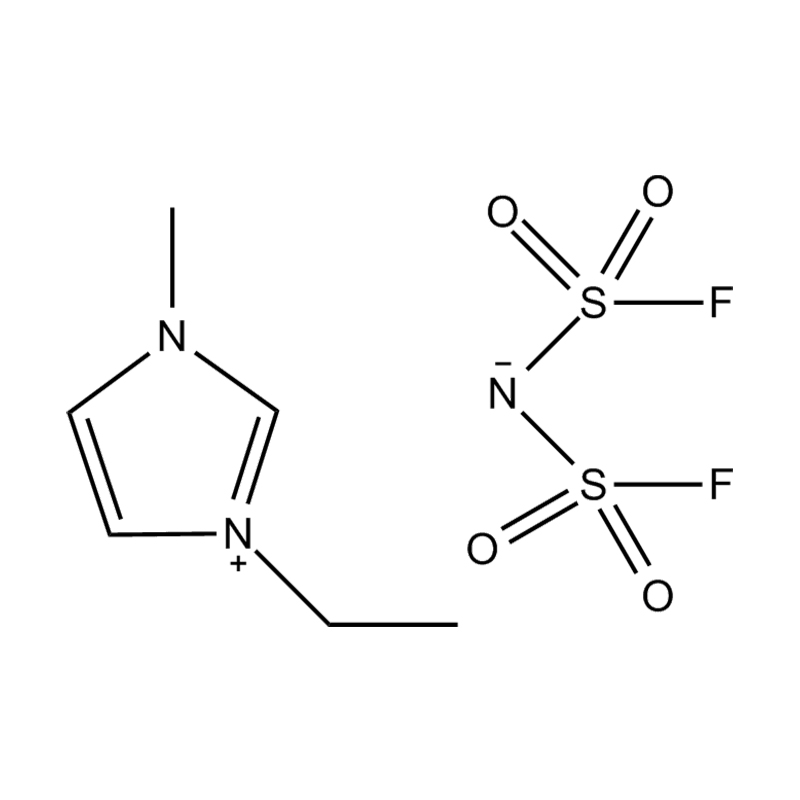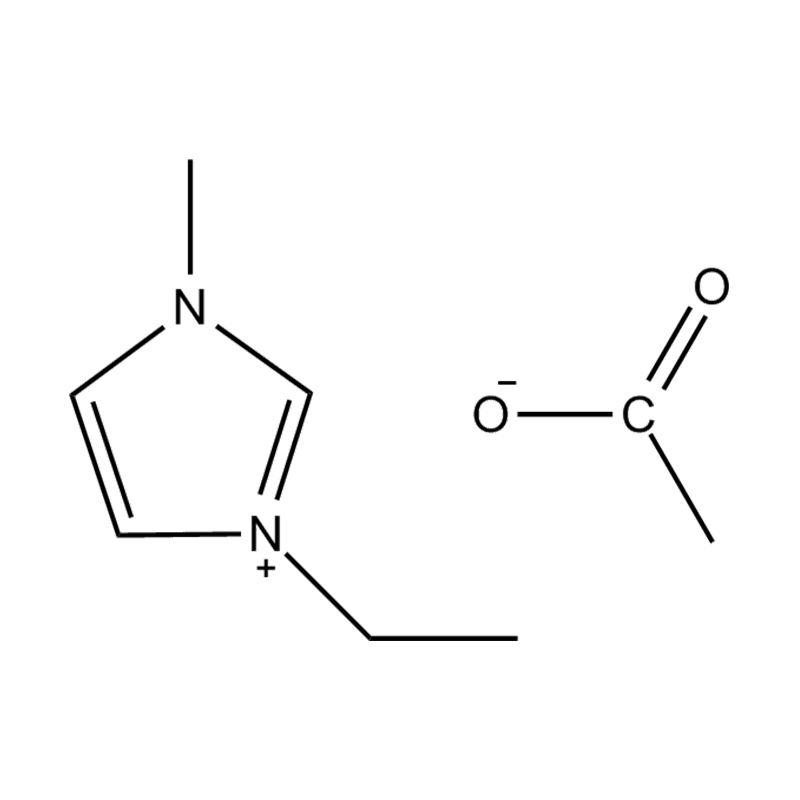In the ever-expanding landscape of green chemistry and advanced materials science, pyridine ionic liquids have emerged as a distinctive class of task-specific solvents and catalysts. These nitrogen-containing organic salts, characterized by their pyridine ring structure in the cationic component, offer unique physicochemical properties that make them highly valuable across catalysis, electrochemistry, extraction processes, and pharmaceutical formulation.
Unlike conventional imidazolium-based ionic liquids, which dominate much of the literature, pyridine ionic liquids exhibit distinct electronic and steric characteristics due to the pyridine moiety’s ability to act as a weak base and participate in hydrogen bonding or π–π interactions. This structural versatility enables fine-tuning of polarity, viscosity, hydrophobicity, and coordinating ability — making them ideal candidates for selective reaction environments and sustainable chemical processing.
This article explores the synthesis, structural diversity, physicochemical behavior, and expanding industrial applications of pyridine ionic liquids, highlighting their growing significance in both academic research and commercial innovation.
Structural Diversity and Synthesis Pathways
Pyridine ionic liquids are typically composed of a substituted pyridinium cation paired with a variety of anions, such as chloride, bromide, tetrafluoroborate (BF₄⁻), hexafluorophosphate (PF₆⁻), or more recently, functionalized carboxylates and sulfonates. Their molecular architecture can be systematically modified through substitution on the pyridine ring, allowing for precise control over solubility, thermal stability, and interaction with substrates.
Common synthetic routes include:
Alkylation Reactions : N-alkylation of pyridine using alkyl halides under controlled conditions yields pyridinium salts.
Functionalization via Electrophilic Substitution : Introducing electron-withdrawing or donating groups onto the aromatic ring alters basicity and solvation properties.
Anion Exchange Protocols : Post-synthesis ion exchange techniques allow tuning of the liquid’s physical and chemical behavior by modifying the counterion.
These methods enable the creation of tailored ionic liquids optimized for specific applications, from enzymatic reactions to metal extraction.
Physicochemical Properties and Behavior
The performance of pyridine ionic liquids in practical settings is largely dictated by their tunable physicochemical traits:
Thermal Stability : Depending on the substituents and anion type, these liquids can remain stable at temperatures exceeding 200 °C, suitable for high-temperature catalytic processes.
Viscosity and Conductivity : While generally more viscous than aliphatic ionic liquids, certain substitutions can lower viscosity while maintaining ionic conductivity, beneficial for electrochemical applications.
Hydrophilicity/Hydrophobicity Balance : Functional groups on the pyridine ring influence water miscibility, enabling use in biphasic systems or aqueous-phase separations.
Basicity and Coordination Ability : The presence of the nitrogen lone pair allows pyridine derivatives to coordinate with transition metals and stabilize reactive intermediates, enhancing catalytic activity.
Low Volatility and Non-Flammability : As with most ionic liquids, pyridine-based variants exhibit negligible vapor pressure, improving safety in enclosed reactor environments.
These characteristics position pyridine ionic liquids as versatile media for designing eco-friendly chemical transformations.
Catalytic Applications and Reaction Engineering
One of the most promising domains for pyridine ionic liquids lies in catalysis, where they function not only as solvents but also as active participants in reaction mechanisms:
1. Organocatalysis
Substituted pyridinium salts have been employed as Brønsted acid catalysts in Diels–Alder reactions, Friedel–Crafts acylations, and other carbon–carbon bond-forming processes. Their ability to form hydrogen bonds enhances enantioselectivity in asymmetric syntheses.
2. Metal Complex Formation
Pyridine ionic liquids serve as ligands in homogeneous catalysis, forming stable complexes with palladium, ruthenium, and cobalt. These systems are used in cross-coupling reactions (e.g., Suzuki, Heck) and hydrogenation processes.
3. Biomass Conversion
Recent studies have explored their role in lignin depolymerization and cellulose dissolution, leveraging their tunable polarity and hydrogen-bonding capabilities to improve biomass pretreatment efficiency.
4. Electrochemical Catalysis
In fuel cells and CO₂ reduction systems, pyridine ionic liquids act as electrolytes and mediators, stabilizing reaction intermediates and promoting electron transfer pathways.
Their dual functionality as solvent and catalyst makes them particularly attractive for developing atom-efficient, low-waste chemical processes.
Use in Separation and Extraction Technologies
Beyond catalysis, pyridine ionic liquids have demonstrated utility in separation technologies, especially in liquid–liquid extraction and gas absorption:
Metal Ion Extraction : They show high selectivity toward heavy metals like mercury, cadmium, and lead, making them useful in environmental remediation and hydrometallurgy.
Gas Absorption : Some pyridine-based ionic liquids reversibly capture acidic gases such as CO₂ and SO₂, offering potential for post-combustion carbon capture and flue gas treatment.
Biological Compound Extraction : Their amphiphilic nature supports the extraction of bioactive compounds from plant and microbial sources, aiding in pharmaceutical and nutraceutical development.
By adjusting the cation and anion combination, researchers can design extraction systems that maximize selectivity and recyclability.
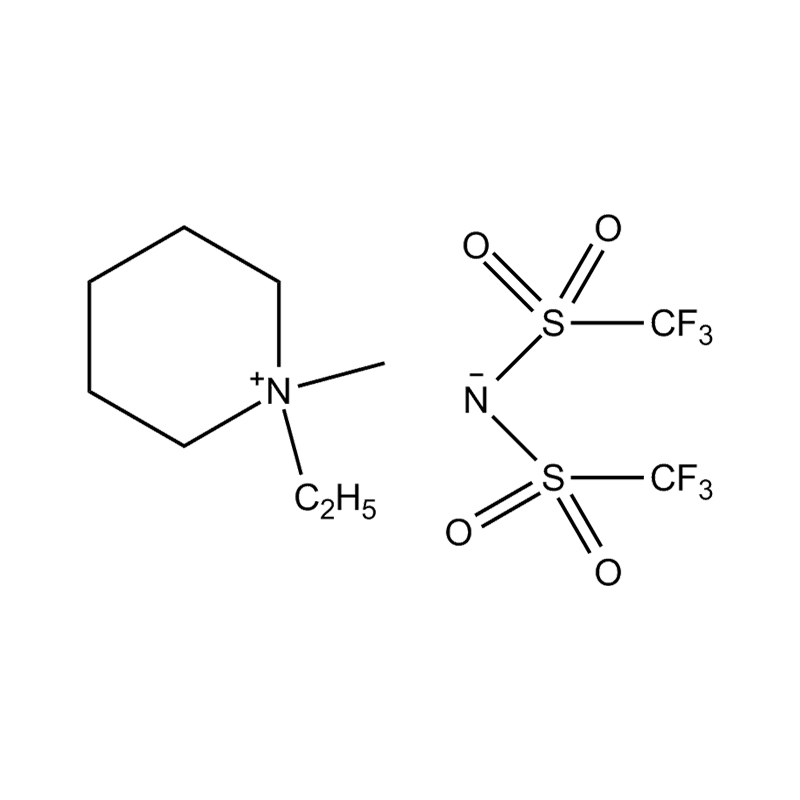
Electrochemical and Energy Storage Applications
The unique ionic nature and redox stability of pyridine ionic liquids have led to their exploration in energy-related fields:
Supercapacitors : Used as non-volatile electrolytes in high-voltage capacitors due to their wide electrochemical windows and thermal resilience.
Battery Technology : Under investigation for use in lithium-ion and sodium-ion batteries as additives or alternative electrolyte components.
Dye-Sensitized Solar Cells (DSSCs) : Some pyridine-based ionic liquids serve as volatile-free redox electrolytes, enhancing long-term device stability and efficiency.
These applications highlight their potential to replace traditional volatile and flammable electrolytes in next-generation energy storage systems.
Pharmaceutical and Biomedical Applications
In the pharmaceutical sector, pyridine ionic liquids are being studied for their ability to enhance drug solubility, permeability, and formulation stability:
Drug Delivery Systems : By forming deep eutectic mixtures or co-solvents, they improve the dissolution rate of poorly soluble drugs.
Antimicrobial Agents : Certain quaternized pyridinium salts exhibit antimicrobial properties, prompting investigations into their use in antiseptic formulations or medical coatings.
Enzymatic Reactions : Acting as biocompatible solvents, they support enzyme-catalyzed reactions without denaturing the protein structure.
Ongoing research continues to explore their compatibility with biological systems and regulatory approval pathways.
Environmental Considerations and Green Chemistry Alignment
As industries pivot toward sustainability, pyridine ionic liquids align well with the principles of green chemistry:
Reduced Waste Generation : Their recyclability and reusability minimize waste compared to traditional organic solvents.
Lower Toxicity Profiles : With appropriate functionalization, some pyridine-based ionic liquids exhibit lower ecotoxicity than common volatile organic compounds.
Energy Efficiency : Their high thermal stability allows for operation at elevated temperatures without requiring complex containment systems.
Catalyst Immobilization : Facilitate heterogeneous catalysis by anchoring to solid supports, enabling easy recovery and reuse.
Despite these benefits, further work is needed to assess long-term environmental fate and biodegradability before widespread adoption.
Challenges and Future Directions
While pyridine ionic liquids offer many advantages, several challenges remain:
Cost and Scalability : Compared to commodity solvents, production costs are still relatively high, limiting large-scale deployment.
Toxicity and Regulatory Hurdles : Comprehensive toxicity assessments are required to ensure safe handling and disposal.
Limited Commercial Availability : Many functionalized variants are synthesized in small batches, restricting accessibility for industrial users.
Complex Phase Behavior : In multi-component systems, predicting solubility and interfacial behavior remains a challenge for process engineers.
Future developments will focus on scalable synthesis methods, computational modeling of phase equilibria, and integration with continuous-flow manufacturing platforms.


 English
English Deutsch
Deutsch Español
Español 中文简体
中文简体


